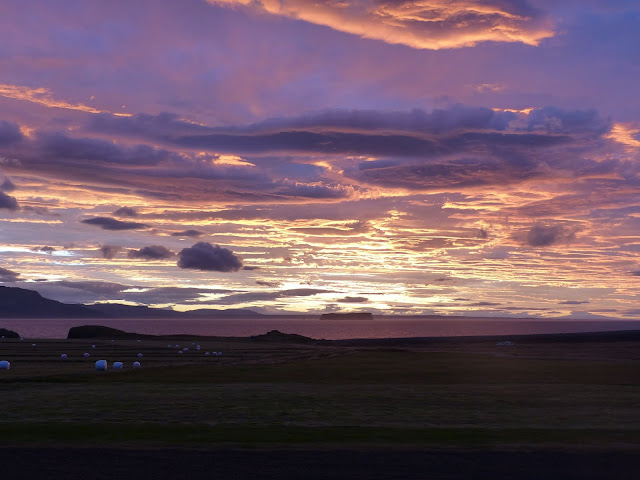As I write this, the northern hemisphere has just passed the vernal equinox, where day and night are of equal length.We are in a liminal space between winter and spring right now, unsure if we will have one more storm or snowfall before spring finally settles in. We're also in a liminal place as we live through this pandemic with the anxiety and discomfort of not knowing. A time of great transition for the entire world, wondering what we've learned from this and what lessons we'll carry forward.
Author and Franciscan friar Richard Rohr describes liminal space as; "where we are betwixt and between the familiar and completely unknown. There alone is our old world left behind, while we are not yet sure of the new existence. That's a good space where genuine newness can begin." He advises us to, "Get there often and stay as long as you can by whatever means possible...This is the sacred space where the old world is able to fall apart, and a bigger world is revealed". In another article he describes liminality, "as a form of holding the tension between one space and another. It is in these transitional moments of our lives that authentic transformation can happen.”
When artists decide to stretch themselves by taking a workshop or exploring new ways of working, they move into a liminal space, a space of not knowing. It can be a very difficult and frustrating place, wondering where to go and looking for direction. It happens to me fairly frequently when one series of work ends and another is growing inside me. It's an uncomfortable and challenging place to be, sitting in the unknown. I try to make that time shorter by playing in my studio: working small, experimenting with various materials, exploring new ways of working. I'm not sure though whether playing and trying to force something to come is the way. Maybe there is a time to rest, maybe there is a rhythm, a cycle to the work that cannot be rushed. In the documentary, With My Back to the World, Agnes Martin, an American artist who bridged the gap between Abstract Expressionism and Minimalism spoke about receiving 'visions' for each painting. She felt it was rather like a directive from a higher power, showing her what she was to paint next. Martin surrendered to the visions painting each one precisely following the details of the vision. And when each was finished, she would patiently wait for another vision to guide her, trusting that she would receive more.
My ideas when they finally come, form as pictures in my mind that are vague and unformed. While they give me a starting place though, something to work toward, they seem to change as I move along. The best response to liminality, I think, lies in trust.
I imagine that there is also a liminal space between human and plant.
How I go to the Woods by Mary Oliver
Ordinarily, I go to the woods alone, with not a single
friend, for they are all smilers and talkers and therefore
unsuitable.
I don’t really want to be witnessed talking to the catbirds
or hugging the old black oak tree. I have my way of
praying, as you no doubt have yours.
Besides, when I am alone I can become invisible. I can sit
on the top of a dune as motionless as an uprise of weeds,
until the foxes run by unconcerned. I can hear the almost
unhearable sound of the roses singing.
If you have ever gone to the woods with me, I must love
you very much.



Comments
Post a Comment